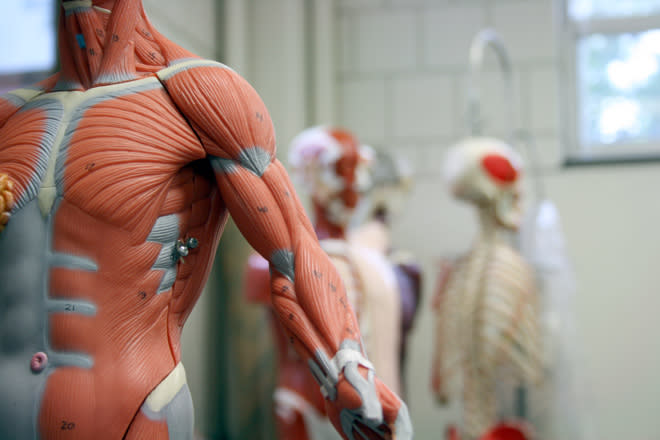Robots could be built with HUMAN FLESH in the name of medicine

A metallic robot skeleton covered in human flesh may sound like something from The Terminator films, but it could soon become a reality.
Far from the murderous intent of the fictional movie robot, the flesh-covered bots could soon be used to help patients, according to two Oxford University researchers.
The idea is that muscle and tendon grafts for transplants could be grown on robotic skeletons in order to tackle musculoskeletal tissue disorders, which are on the rise in ageing populations.

“With their structures activated by artificial muscles, musculoskeletal humanoids have the ability to mimic more accurately the multiple degrees of freedom and the normal range of forces observed in human joints,” said Pierre-Alexis Mouthuy and Andrew Carr in their paper published in the journal Science Robotics.
“As a result, it is not surprising that they offer new opportunities in science and medicine”.
Tissue engineering currently relies on large tank-like bioreactors, in which sheets of cells are grown.
However, these don’t mimic “the real mechanical environment for cells” and often lead to tissue grafts with structural problems.
READ MORE: Why are gamers TASTING Nintendo Switch cartridges?
READ MORE: You can now play Nokia’s Snake for free in Facebook Messenger – here’s how
A bioreactor in the form of a humanoid robot could more accurately mimic the movement and stretching that human cells in muscles and tendons go through when growing.
“It is now both technically possible and scientifically pertinent to explore in greater detail the potential of humanoids as tools for regenerative medicine,” conclude the researchers.




